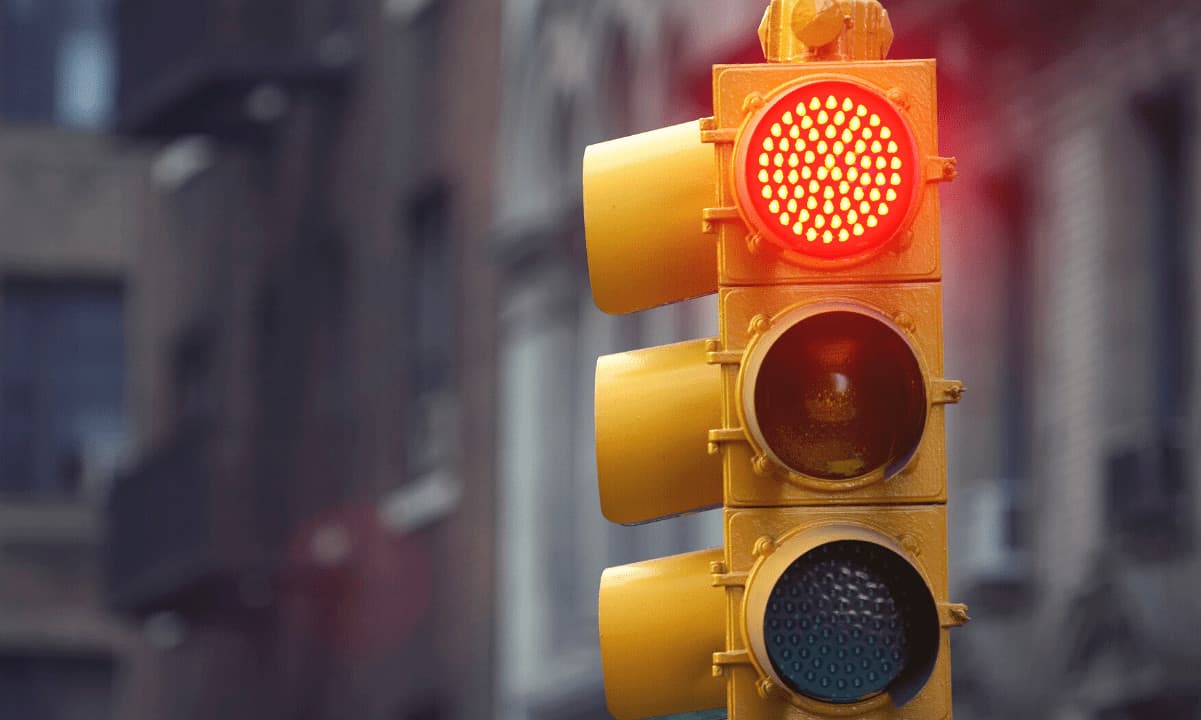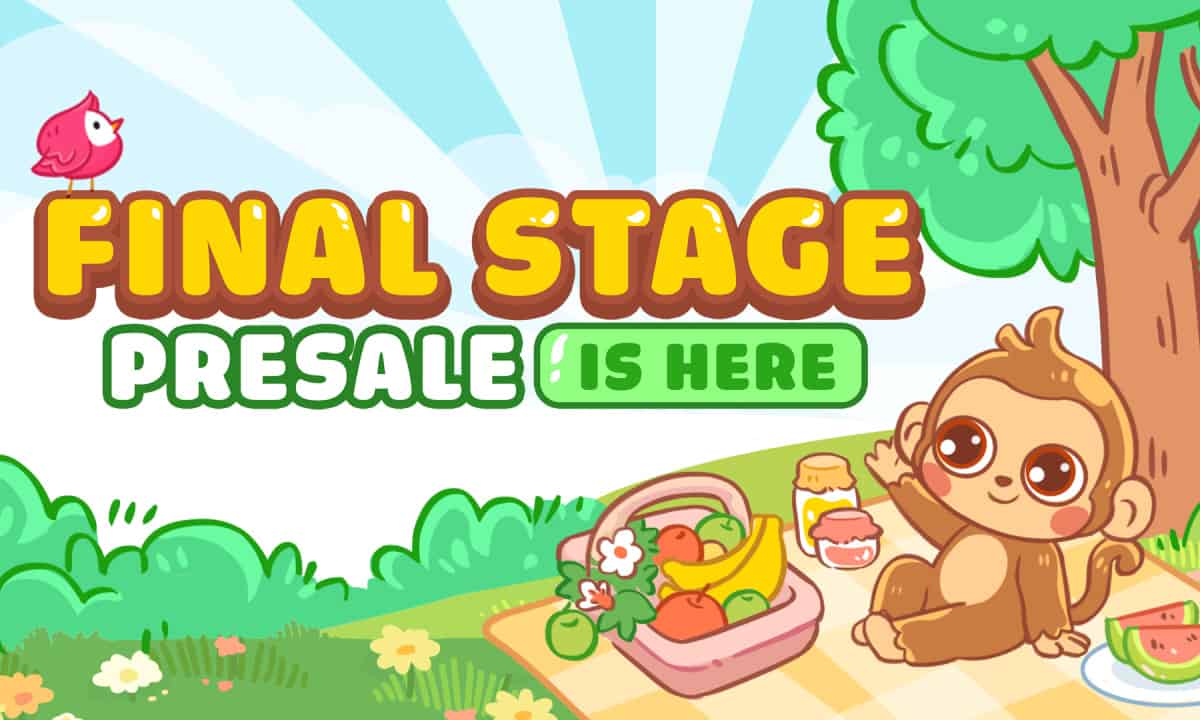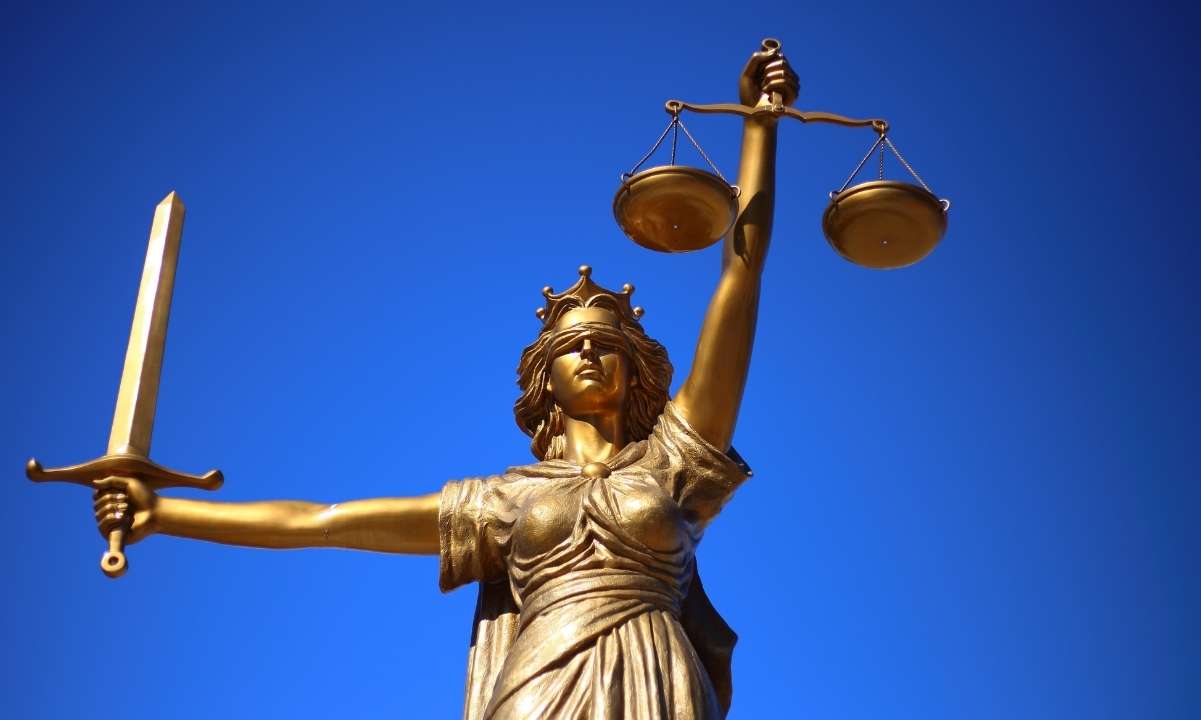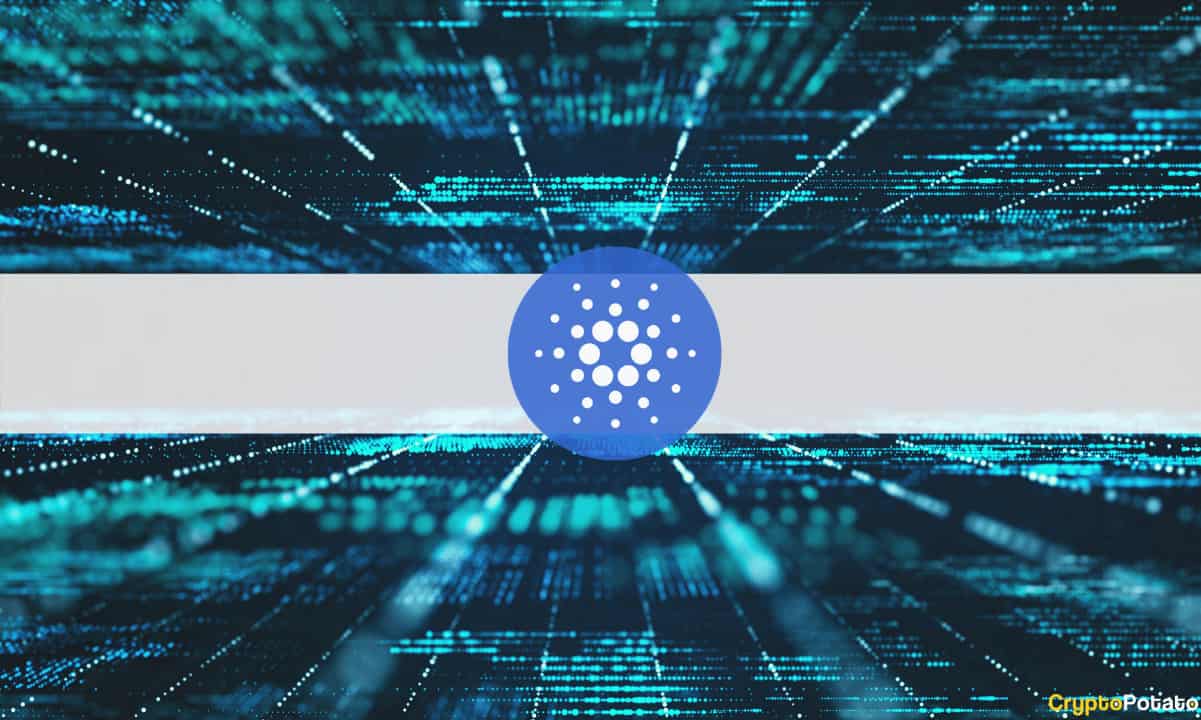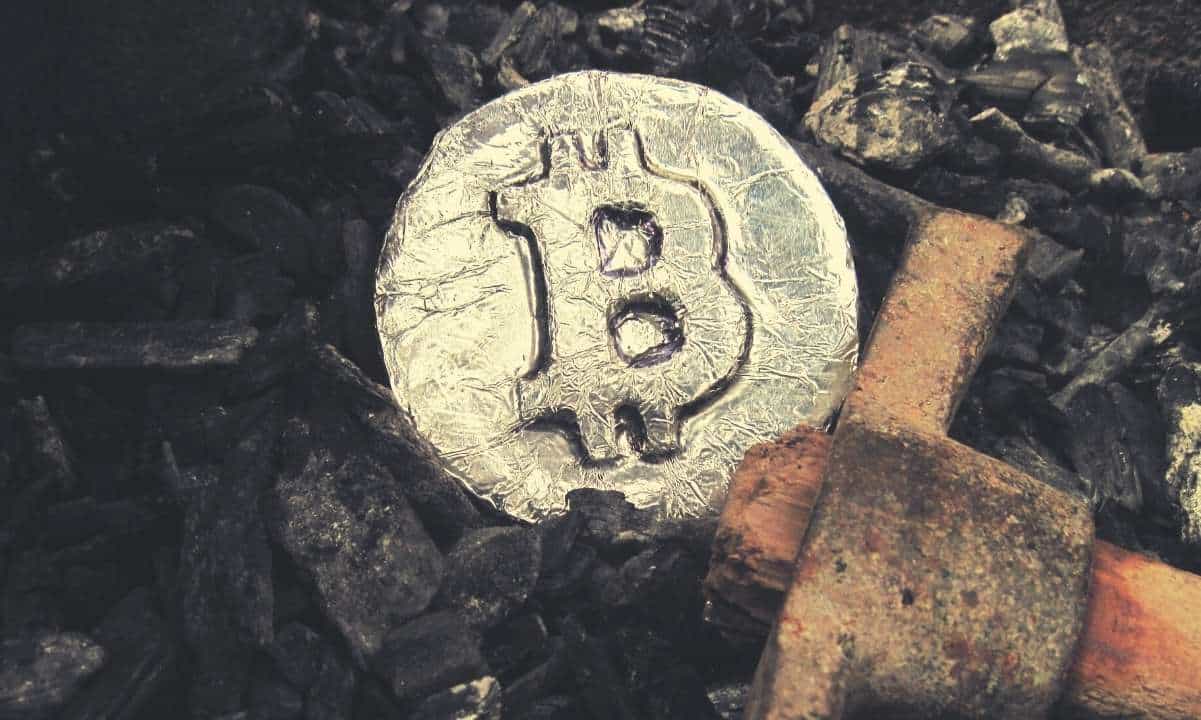Demystifying Blockchain for Your Clients

Megan DeMatteo is a service journalist currently based in New York City. In 2020, she helped launch CNBC Select, and she now writes for publications like NextAdvisor, CoinDesk, MoneyMade, and others.
The cryptocurrency world is full of jargon. You’ve got your non-fungible tokens (NFT), your Ethereum, your Solana, your know-your-customer (KYC), your altcoins, your stablecoins – not to mention where it all started: bitcoin.
If all this jargon had a home, it would be the metaverse, or the parallel digital world in which cryptocurrency and NFTs are transactable. And the metaverse would not be possible without blockchain, the system of decentralized databases upon which all interactions are coded and stored into perpetuity.
This article originally appeared in Crypto for Advisors, CoinDesk’s weekly newsletter defining crypto, digital assets and the future of finance. Sign up here to receive it every Thursday.
In the proverbial chicken-or-egg debate, cryptocurrency and blockchain happened simultaneously, says Robert Konsdorf, the CEO of Facings, a Michigan-based company that creates user-friendly blockchain publishing tools. Bitcoin was both the first publicly debuted blockchain and the first cryptocurrency. Some 12 years ago, its inventor, the pseudonymous Satoshi Nakamoto, authored a famous document known simply as the Bitcoin white paper describing the concept for the world.
Today, there are reportedly hundreds of blockchains floating around the metaverse, all with varying degrees of functionality and relevance. “You can take the code for any blockchain and make a new one out of it,” Konsdorf tells CoinDesk. “So there’s a lot of goofy or dead ones that don’t have real investment or operations.”
But however goofy blockchain may appear – or be – the technology is here to stay. So if you or your clients have questions, we’ve got a few answers to help you out.
Explaining the appeal of blockchain
Simply put, a blockchain is a particular kind of digital database that’s distributed among computers or groups of computers called nodes. Nodes are hubs through which all the electronic information inside a respective network gets generated, sent and received. Blockchain is the ledger that collects and stores this data in groups, or “blocks.” Hence its name.
Blockchain technology is still in its early days. “I always tell people blockchains are really slow, really expensive and really public databases,” says Konsdorf.
But the databases are immutable, says Ashok Ranadive, director of professional services at the enterprise blockchain company, CasperLabs—which is a game changer.
“The history is recorded in a clean manner,” Ranadive tells CoinDesk, unlike the countless number of messy records used to maintain most of our institutions currently. This suggests the potential for unprecedented financial transparency. Once you make a transaction on blockchain it can’t ever be deleted, only modified. The ledger is composed of an ongoing series of additive records that erase nothing and preserve everything.
Last, blockchains are decentralized. They aren’t regulated by a government, a bureau, a corporation, a bank or any third-party body of any kind. Through what are known as “smart contracts,” each transaction on blockchain contains instructions in the form of code.
“The way the money is controlled is actually just what is written in the software,” explains Phillip Gara, director of strategy for the Render Network, a company that uses blockchain to process high-quality graphics. Arguably, you might say a form of auto-regulation occurs within the code’s instructions, and that this theoretically eliminates the need for enforced compliance to any kind of governing body.
The limitless potential of blockchain
Once blockchain becomes universally adopted, the average person probably won’t need to know how exactly it works so much as how to actually use it. Consider the internet. How many of us know what IP addresses are, what routers are doing behind the scenes and how a transport control protocol works? We just need to know how to log on, input our password and go to the websites we want to visit.
According to Konsdorf, blockchain will likely become a place where “humanity can put public records that mean the most to society.” For instance, smart contracts could be written to document monetary exchanges, voting records, deeds and proofs of authenticity.
“These are all constructs that can benefit from having a high degree of public data integrity,” Konsdorf says.
The potential of blockchain as an infrastructure is seemingly limitless, with recent happenings on Wall Street indicating a growing confidence from investors in crypto and the technology.
To get your clients started with blockchain, talk them through opening their first crypto wallet. The most beginner-friendly way to start learning about crypto and blockchain is with a centralized exchange like Coinbase, which monitors transactions and uses standard KYC protocol to validate users’ identities.
As with most sensitive information, encourage your clients to use good data hygiene, such as storing their public and private wallet keys in a secure location (not somewhere that can be easily hacked like Evernote or Google Docs).
And if your clients aren’t interested in cryptocurrency, there will be opportunities to invest in more passive blockchain-related securities in the future. The companies creating this software are ramping up fast, and eventually blockchain tech and VC firms will go public and trade on all major exchanges. While the enthusiasm surrounding crypto and NFTs can easily create FOMO [fear of missing out], it’s good to remind clients that we’re just at the beginning, and staying abreast of the latest blockchain news is a good stepping stone for someone who’s still unsure of how they want to get in on the action.
Subscribe to Valid Points, our weekly newsletter about Ethereum 2.0.
By signing up, you will receive emails about CoinDesk product updates, events and marketing and you agree to our terms of services and privacy policy.

